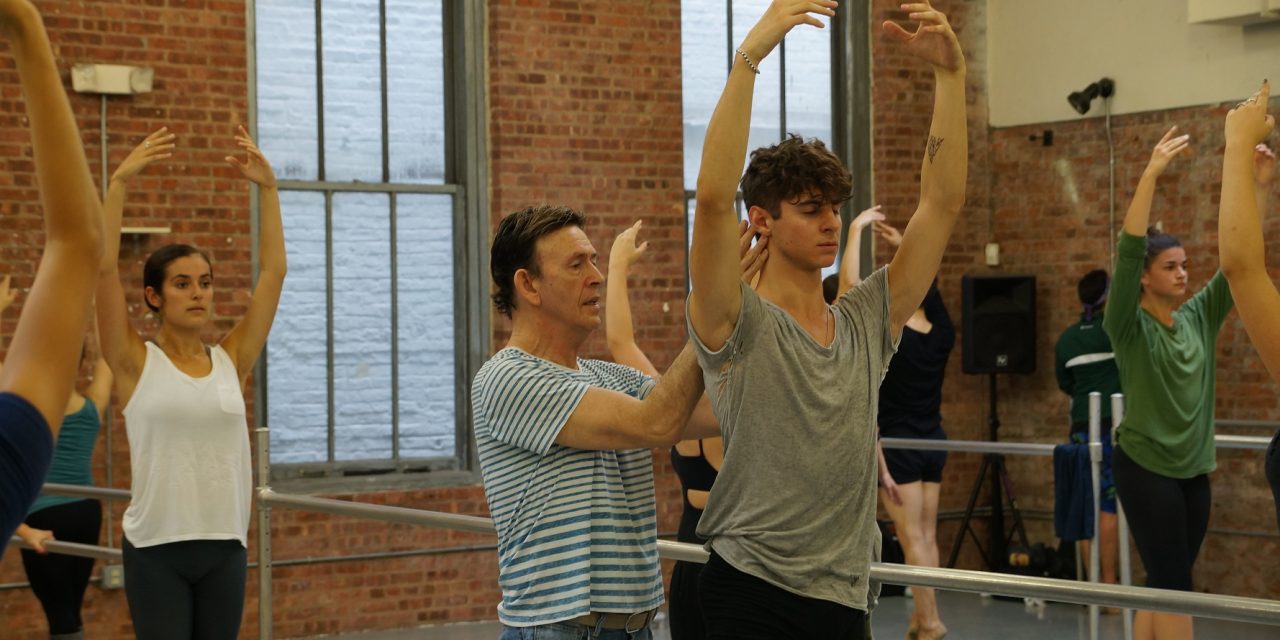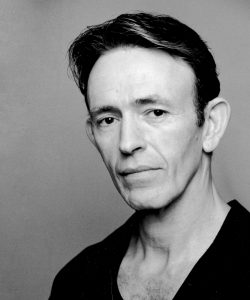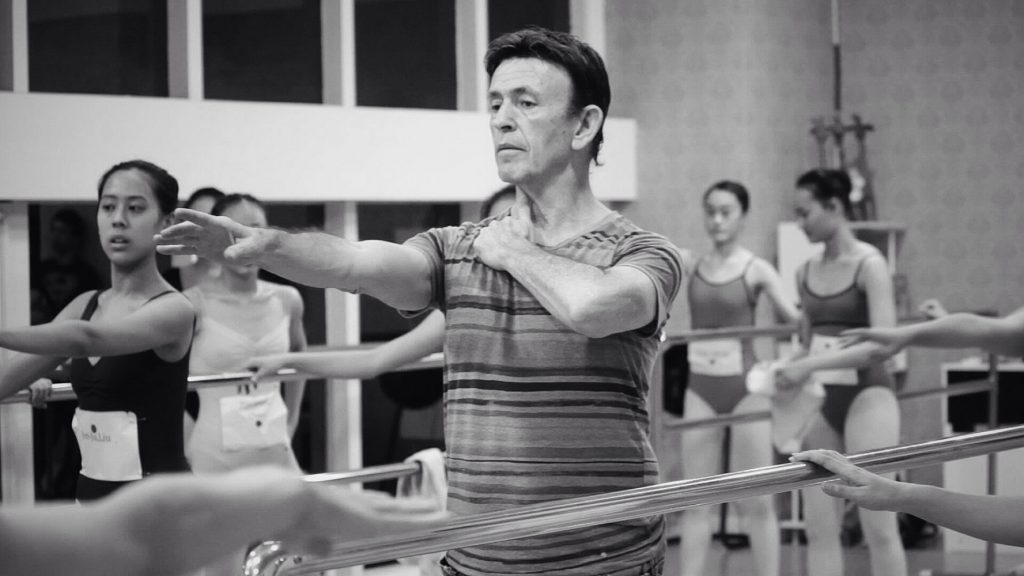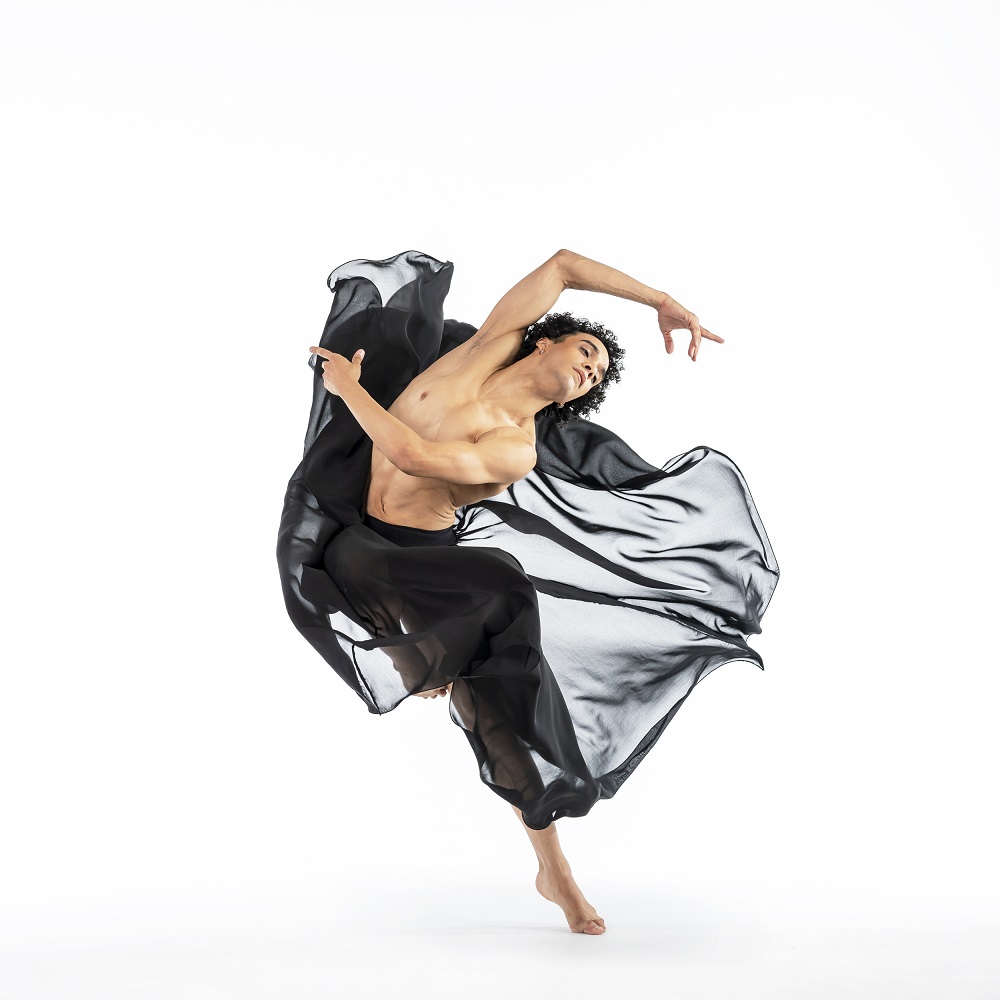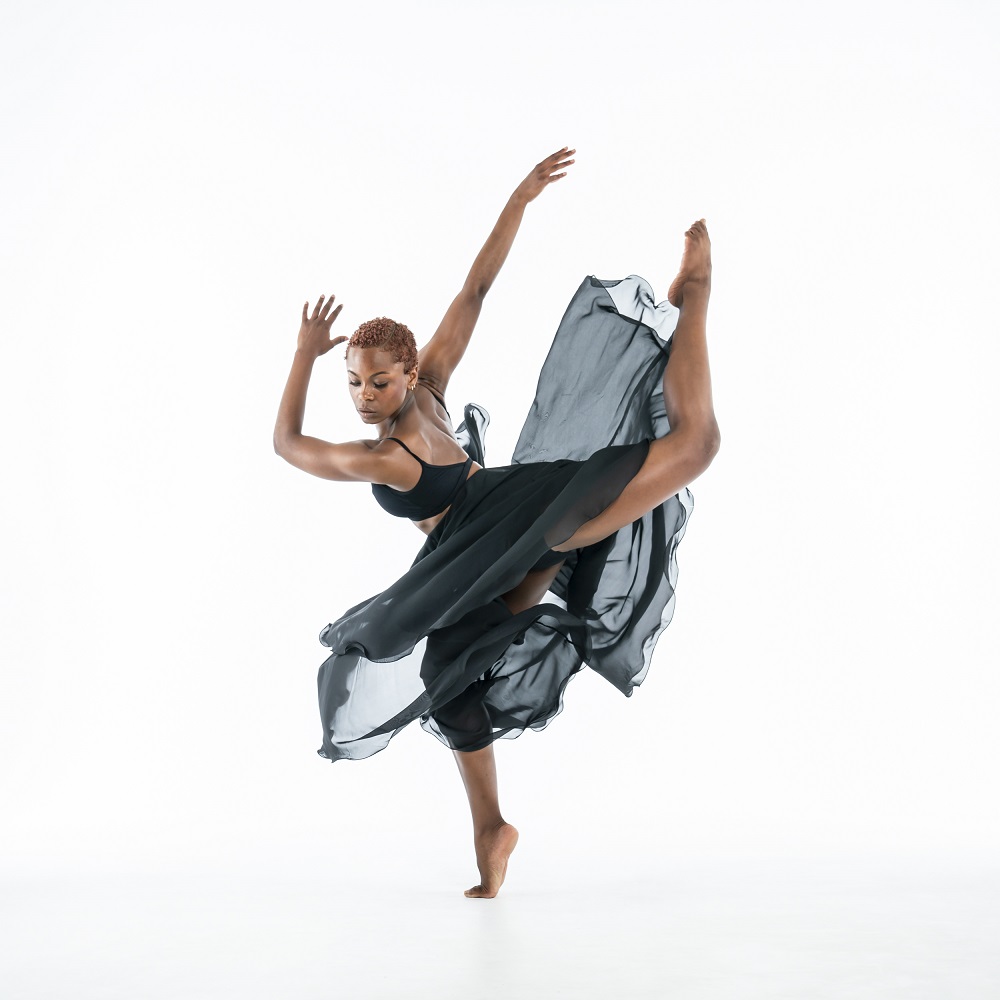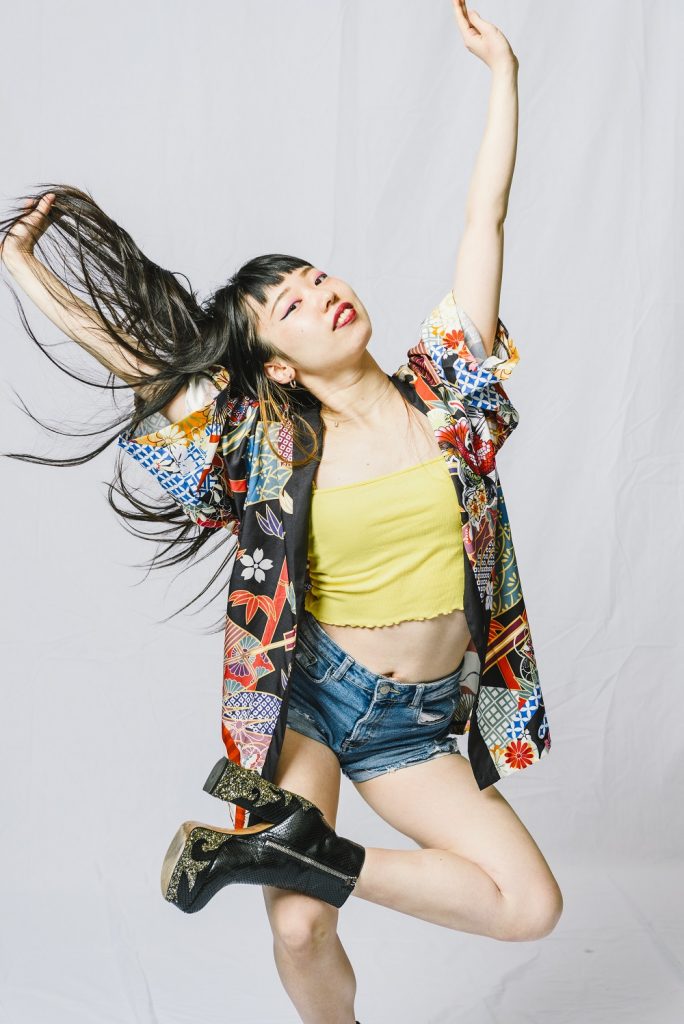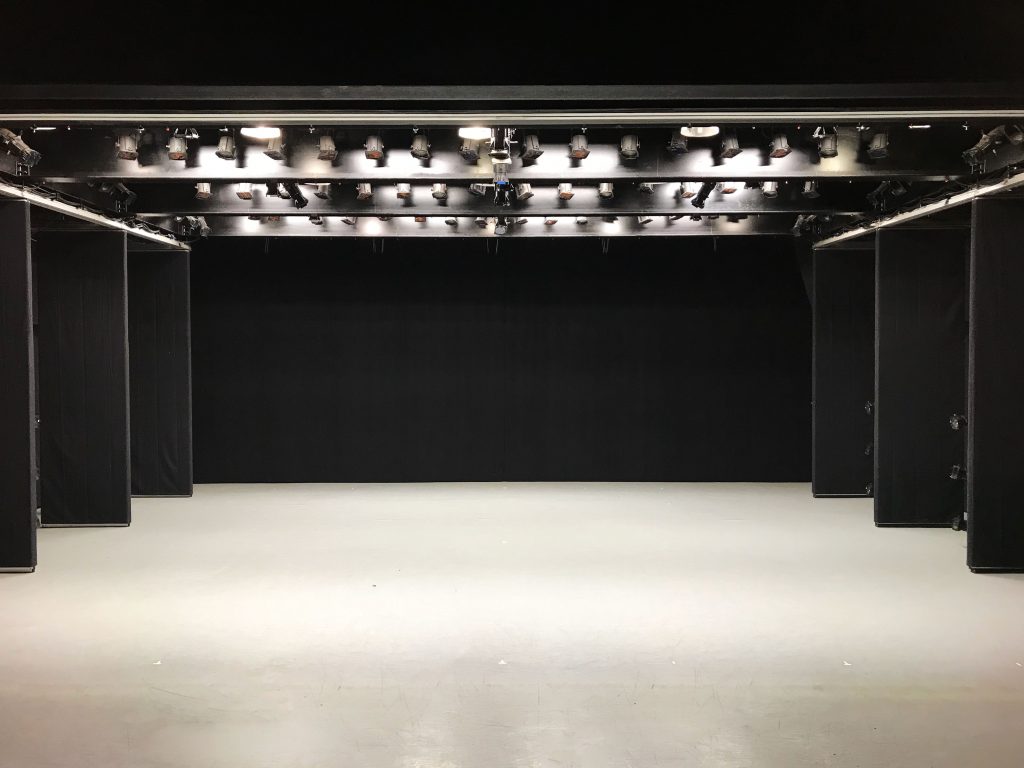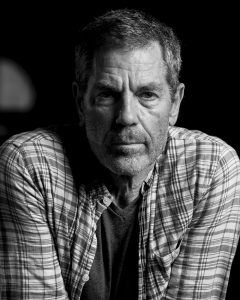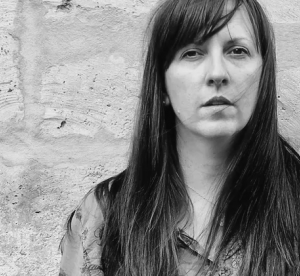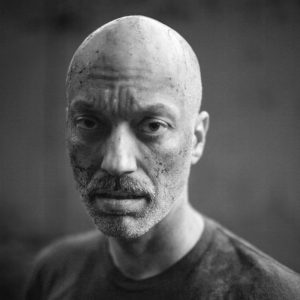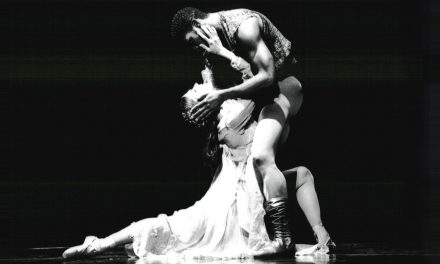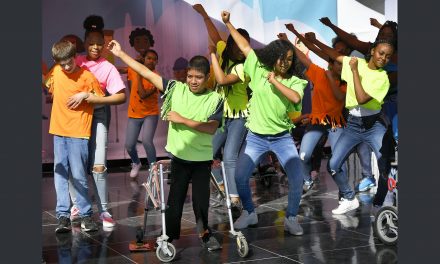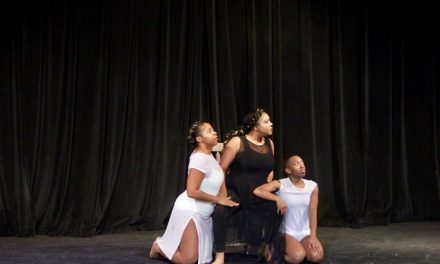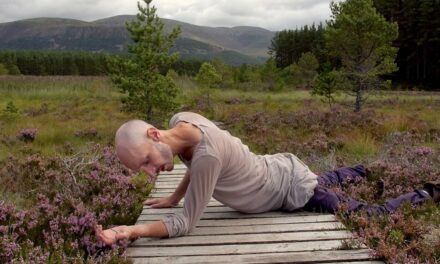Peridance Center and Company was founded in 1983 by Igal Perry and in of honor the 40 year history of the institution, and dance artists who have passed through its doors, Peridance will present the Legacy Festival April 17 – 24, 2023. The week-long celebration will feature workshops, spotlight classes, panels, events, and five performances in Peridance Center’s KnJ Theater featuring revival works by world-renowned choreographers Ohad Naharin, Robert Battle, Jessica Lang, and Igal Perry; premiere new works by acclaimed choreographers Nicholas Palmquist and Johannes Wieland; and feature guest performances by Baila Society, Bo Park, The Next Stage Project, Tushrik Fredericks, Djoniba Dance Centre, Kenichi Kasamatsu, Mike Esperanza and more. The festival will culminate with the Legacy Ball, a performance and party to commemorate 40 years of Peridance and honoring two of Peridance’s Legacy Award recipients Maxine Glorsky and Eva Evdokimova.
Born in Israel, Igal Perry began his dance career with Karmon, a folk-dance company led by musician and choreographer Jonathan Karmon. Perry later joined the Tel Aviv based Bat-dor Dance Company co-founded by Baroness Bethsabée de Rothschild (Batsheva) and dancer Jeannette Ordman. There he worked with leading teachers and choreographers including Alvin Ailey, Benjamin Harkarvy, John Butler, Rudi Van Dantzig, Inesse Alexandrov, Paul Sanasardo, and Lar Lubovitch. After relocating to New York City, Perry joined Dennis Wayne’s Dancers as ballet master and choreographer. It was during this period that he staged works by John Butler, for the NYC Opera, the Opera of Munich, Caracas Ballet, and Teatro Alla Scala in Milan. Perry also headed the ballet department at Jacob’s Pillow from 1981-1982.
Keeping a dance center and company up and running for 40 years is no small accomplishment and I was interested to learn more about this renowned organization. Perry was gracious enough to join me on Zoom for an interview where we discussed all this and more.
Although Bat-dor was a contemporary dance company, Perry said that he studied primarily ballet and Graham technique. “So, strangely enough I grew up on quite a lot of Graham” he said, “but we didn’t do Graham work. I worked closely with John Butler, one of my mentors.” He took a year’s leave of absence and worked in the Netherlands with the Rotterdam Dance Centrum and trained with the Netherlands Dance Theater. Intending to stay in Rotterdam, Perry was offered the opportunity to choreograph for Bat-dor, and so returned to Tel Aviv. He became Ballet Master of the company and worked on the “other side of the fence” as he called it.
When asked what brought him to New York, Perry said that after ten years of work with Bat-dor, that he needed to branch out, that he felt that he had completed what he could in that environment and needed to grow further as an artist.
When asked what style of dance he considered his choreography represented, Perry had a unique and wonderful response. “It is contemporary dance,” he said, and then holding up his very expressive hands, he continued. “Let me put it this way. Dancers trained only in ballet and do balletic type of movement, find my work difficult. Dancers who train only in modern find my work difficult, so my work really utilizes both worlds really fully. There’s the cleanliness and the line of ballet, but I don’t choreograph in the neo-balletic style.” Perry said that for a specific project he might work in the neo-balletic style but works hard to get away from it and work more with the weight of the body and the fullness of the torso. He has observed that dancers who have trained only in ballet do not have a good relationship with the floor the way in which modern trained dancers do.
He admits to having his own style and idiosyncrasies and tendencies, but likes to work in a more eclectic way, trying not to limit himself as a dance artist. “I choreograph what is needed for that particular work,” he added.
Perry explained that on paper and in legal terms, Peridance Center and Peridance Company were created at the same time in 1983, but that for the first year he concentrated on establishing the school. During that same time, however, he slowly started organizing the company into a group. The Peridance Company presented its first concert a year later.
The company is currently in its own building on East 13th Street in Manhattan with studios and its own theater, but this is its third location since 1983. Their first location was on 18th Street between Broadway and Park Avenue in a building that was also the home of the Jose Limon Dance Company and the Alwin Nikolais Dance Theatre and Murray Louis Dance Company. From there they moved to a studio on 4th Avenue and 13th Street.
The subject turned to the Legacy Festival, and I asked Perry to describe what it meant to him.
“I look at it two ways,” He began. “One is a completion of 40 years. It’s also about moving forward. I always look at Peridance as moving forward with the time and Peridance has always been in the forefront of dance. Since I established Peridance, we’ve worked with very established choreographers such as John Butler, but we have also always supported bringing up young choreographers. New styles. What we have really excelled in is being eclectic – the same way that I look at dance as an eclectic form of art, and the dancers do to. It’s all about moving forward, creating and exploring.”
Perry’s philosophy about looking forward also holds true for the school. He believes that Peridance was the first or one of the first dance schools where hip-hop was taught. As our readers know, hip-hop began as dance in the streets before moving into the mainstream as an art form. “In the beginning it was experimental,” he said. “Everyone coming in with what they could do. Then it started to form as a class, and that happened at Peridance. We now have a big program of different styles of hip-hop, and we really adhere to the history of it as well.” Perry went on to say that as classes are being taught by masters of other forms of dance, there are fathers of hip-hop still teaching at Peridance.
“Another part of our legacy is the thousands of people who have come through Peridance, through the school and the company” Perry continued, “and then went all around the world. People who started here are educators, teachers, choreographers literally around the world. So that is something I feel warm hearted about.”
Peridance also has an extensive outreach program that is coordinated between the school and the company that travels to areas that have had little or no exposure to dance or any other form of art. Through this program, some students become interested in studying dance and Peridance has provided scholarships to many of them. Peridance also has an international visa program, the International Dance School/Peridance Center which is one of the few schools in New York to offer an F-1 Visa Program which includes academic courses as well as movement classes. “The most important part in that is our certificate program that’s a university-type program.” Perry explained. This is a two-year certificate program that incorporates the physical forms of dance such as technique classes with the more academic side that include courses in Dance History and Choreography. You can learn more about this program at the Peridance Center website.
The theater that is inside the Peridance Center is called the KnJ Theater. Perry explained that it is a space that combines two studios, but that it is not just an open space, but an actual theater with full lighting and wings (I’m assuming that includes theater rigging as well). When I asked Perry what the initials represented, he smiled and answered, “That’s a good question.” When Peridance was first opened that theater was called the Salvatore Capezio Theater after the man who started the famous dance wear franchise. After a few years each organization decided to amicably go their separate ways and the theater’s name had to be changed.
“Just recently, both my parents passed away,” Perry said sadly. “KnJ stands for Klara and Joseph. So the theater is now named after my parents.” He went on to explain that without their support Peridance would not exist, so this was a wonderful way to commemorate their names.
I asked Perry what the word legacy means to him in the title Legacy Festival – his legacy or the company?
“Peridance was established and is run and directed by me of course” He said. “But Peridance is way bigger than that. It is an establishment that involves a great number of people both creatively and in the day to day management. It’s a place that assumes a life of its own. So the legacy of Peridance is chat we have danced through the years and how through the years our legacy will continue.”
Perry’s response was very humble, stating that his legacy was only part of it. One could argue that without him, however, Peridance would not exist and continue to grow, change, and thrive. As he pointed out, his own legacy includes all the work he has done before and during the past 40 years outside of Peridance, like directing an opera at La Scala.
The Legacy Festival is composed of both performances and activities. Perry explained how the period of the Legacy Festival began at the beginning of the year with three workshops for students. “We gathered six master teachers in modern, ballet and other styles. Thanks to receiving a grant, Peridance is able to offer these workshops to students free of charge. During the week of the festival, they are offering classes, lectures, and performances that involve both the Peridance Company, dancers from the school, as well as teachers from the school who have their own companies.”
“In what the company is offering” Perry stated, “we have two totally new works that we commissioned by johannes wieland who danced with Peridance for a number of years before he moved back to Europe and Nicholas Palmquist who has been part of and teaching at Peridance in more recent years. I brought in two established choreographers who have been part of my past, one is Robert Battle and one is Ohad Naharin who we danced together in Israel.”
Naharin had done a work for Peridance before and that piece, Duet Mabul, has been brought back for the festival as well as the restaging of Touch of Your Voice by Jessica Lang who was a student of Perry’s at the Juilliard School and then performed a season or two with Peridance Company.
“Of my own work, we are doing four smaller works that I’ve done before for the company,” Perry said. “One is Valses Poeticos that I did for the company its very first season, Bolero that I did for the very first season, so it’s 40 years old. It will be presented on all five of the programs as it is one of our signature works.” Peridance will also perform Perry’s solo Passing Thoughts and a duet titled Paloma Triste that Perry choreographed 19 years ago for José Manuel Carreño, who was a soloist with ABT and Elizabeth Parkinson who danced with Joffrey Ballet and Peridance.
The other works on the Legacy Festival performances include Type 5 by Nicholas Palmquist, and you cry by johannes wieland, The Hunt by Robert Battle, as well as featured works by Bo Park, BAILA Society, Tushrik Fredericks, The Next Stage Project, and Djoniba Dance Centre. Other choreographers listed are Gregory Dolbashian and TweetBoogie.
Other events include open rehearsals, discussion panels on wellness and career building, community performance opportunities, audition prep, and more.
Performance Times:
KnJ Theater at Peridance Center:
Wednesday, April 19 at 7:30pm
Thursday, April 20 at 7:30pm
Friday, April 21 at 7:30pm
Saturday, April 22 at 4:30pm & 7:30pm
Sunday, April 23 at 3pm
#####
WHAT: Peridance Legacy Festival that includes Performances, Classes at Peridance Center and a Legacy Ball at the NYU Skirball.
WHEN: April 17-24, 2023.
WHERE: Peridance Center located at 126 East 13th Street, New York, N.Y., 10003.
TICKETS: For information and to purchase tickets, please click HERE.
For more information on Peridance Center and Peridance Company, please visit their website.
To watch a video about Peridance Center, please click HERE.
Written by Jeff Slayton for LA Dance Chronicle.
Featured image: Igal Perry teaching at Peridance – Photo courtesy of Peridance Center

